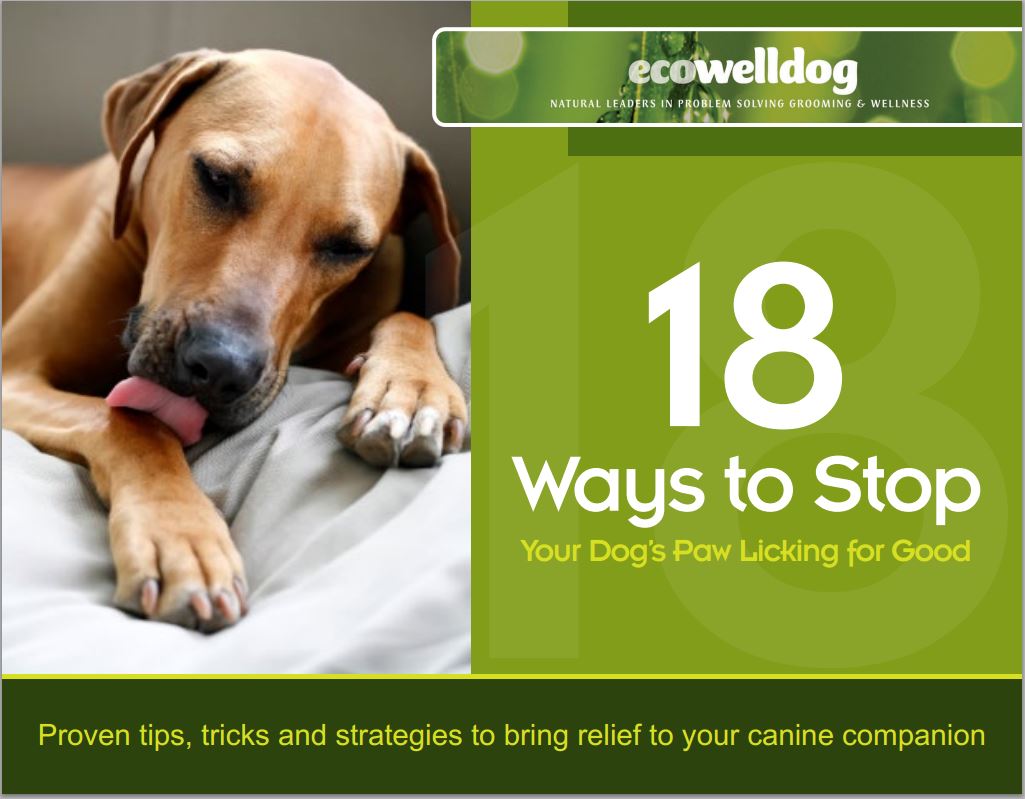 With summer drawing to a close and cooler weather coming in you can look forward to taking your best friend for walks in crisper temperatures and even (heaven forbid) a little frost and (gasp) snow!.
With summer drawing to a close and cooler weather coming in you can look forward to taking your best friend for walks in crisper temperatures and even (heaven forbid) a little frost and (gasp) snow!.
The colder weather emerges and so do dry cracked paw pads. Luckily this year you can be armed with information that will help you combat this affliction.
Before we go any further let’s start by saying if you have a dog with pads that are so dry they’re bleeding and raw stop reading right now and get your dog to the vet. You can stop to bandage them, add a little antibiotic cream to prevent infection and use (clean) socks to cover the bandaging. Do not mess around with this! Your dog’s feet come in contact with some pretty nasty items and infection is a distinct possibility.
It goes without saying that you do not want to let things get this bad. This is the best time of the year to nip this in the bud; before the weather gets cold and icy.
Is your dog’s paw licking driving you insane? Get our FREE 13 Page guide: 18 Ways to Stop Paw Licking for Good!
If your dog is starting to exhibit greyness on the paws your first thought may be “how about some hand cream or even better petroleum jelly, that always works for me”. What’s wrong with that?
Well this may be a good time for a pop quiz;
You slather healing cream on your dogs cracked paws, making sure to get between the toes…ah relief…Question; what happens next?
I know you all got the right answer… you are dog owners after all, yes…He licks it off!
Not your dogs fault, he likes to be clean! And licking is his only option (the wet naps need opposable thumbs to operate).
So considering this fact it’s probably better if the creme you use exhibits two key properties.1. It absorbs (and moisturizes) quickly, and 2. it’s perfectly safe to ingest. Both Cain and Able Paw Rub and Happytails BowWow Butter Balm were created with these two properties in mind and it turns out that a single ingredient is perfect in this situation; All natural shea butter. few things absorb as quickly and moisturize as deeply as shea butter, all while being perfectly safe to ingest.
Obviously it’s a good idea to prevent your dog from licking it off (it will heal the pad faster). here’s where a little distraction or a treat will come in handy, or you can always use that pair of socks or even better, booties to make it harder for him to get at his paws.
As winter approaches be careful of salted sidewalks. it’s a good idea to keep a bottle of Dry Dog Instant Clean and a rag by the door. When you return from your walk spry a little on the pads and wipe off all that dry dirty salt before it’s licked off. Not only will this help with dryness and cracking but also many of the chemicals used to melt ice and snow are poisonous to your dog.
With a little forethought and planning the winter months will come and go without incident and both you and your best friend will be ready for the thaw with painless pads and a spring in his step.
Is your Dog’s Paw Licking Driving you insane? Get our Free ebook, click on the book below to download.



 With summer drawing to a close and cooler weather coming in you can look forward to taking your best friend for walks in crisper temperatures and even (heaven forbid) a little frost and (gasp) snow!.
With summer drawing to a close and cooler weather coming in you can look forward to taking your best friend for walks in crisper temperatures and even (heaven forbid) a little frost and (gasp) snow!.




